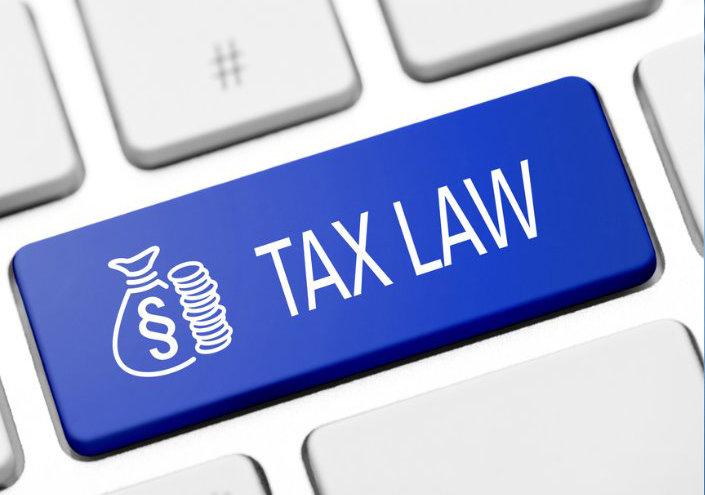Superannuation laws
A trustee of a superannuation fund must pay a member’s entitlements as soon as practicable after their death. These payments are referred to as superannuation death benefits (SDB).
In determining to whom payments are to be paid, the Trustee must ensure that they are permitted by both the trust deed and superannuation law.
If permitted by the Deed, a member of a superannuation fund may elect to provide the trustee with specific instructions in advance of their death via either a Binding Death Benefit Nomination (BDBN) or through the establishment of a Reversionary Pension. The trustee would then be obliged to operate in accordance with those directions. It should however be noted that most BDBNs lapse after three years and that it is necessary to refresh them on a regular basis. Moreover, the legal personal representative (LPR) of the deceased’s estate may be nominated as the beneficiary.
Where a member has left no BDBN or Reversionary Pension nomination, then the superannuation fund trustee has the sole discretion to decide to whom the benefits are paid. A trustee is only able to make a payment to non-financial dependants after they have made reasonable enquires to try and locate financial dependants or the deceased’s LPR , The absence of specific instructions may lead to a significant delay in the payment of benefits.
Taxation laws
The taxation of SDBs is governed by Division 302 of the ITAA 1997. There are a number of key questions that need to be considered in determining how payments will be treated for tax purposes. These include:
- Are the benefits being paid to a dependant or non-dependant of the deceased?
- Is the benefit being paid as a lump sum or a superannuation income stream?
- What components is the superannuation balance made up of – for example taxable or tax free?
- How old was the deceased and how old is the person receiving the benefit?,
There are tax concessions and options available to dependants of the deceased that are not available to a non-dependant. It is interesting to note that the definition of dependant for tax law purposes differs from the definition of dependent for superannuation purposes, which will be covered in part 2 of this series.
SDBs can be received in the form of a lump sum or income stream such as a reversionary pension or annuity. However since 1 July 2007, income streams cannot be paid to a non-financial dependant.
The tax treatment of a lump sum payment made to either a dependant or non-financial dependant of the deceased is set out in the following table.
| Lump Sum Payments | ||
|---|---|---|
| Component | Dependant | Non-dependant |
| Taxable (Taxed) | Tax free | Lower of MTR or 15% * |
| Taxable (Untaxed) | Tax free | Lower of MTR or 30% * |
| Tax free | Tax free | Tax free |
| * Plus Medicare levy |
Where an LPR receives an SDB, the LPR will be assessed on it but tax will be levied at the rate payable by the ultimate beneficiary i.e. a dependant or non-dependant beneficiary.
The beneficiary will not be required to report the SDB in their personal income tax return, as the LPR has already been assessed on it.
As the tax-free component of a superannuation fund balance retains its character on death, there are Estate planning strategies available that could increase the tax free component of the member’s balance so that the income tax payable when benefits are paid to non-dependants such as adult children is minimised.
This essentially involves a re-contribution strategy that should be discussed and assessed on a case by-case basis with a financial planner.
Feel free to contact our team should you want to discuss this topic further and potentially have clients who may be in this situation.
This publication is not intended to be and should not be used as a substitute for taking taxation advice in any specific situation. The information in this publication may be subject to change as taxation, superannuation and related laws and practices alter frequently and without warning. Neither BNR Partners Pty Ltd, our employees or agents are responsible for any errors or omissions or any actions taken or not taken on the basis of this publication.


